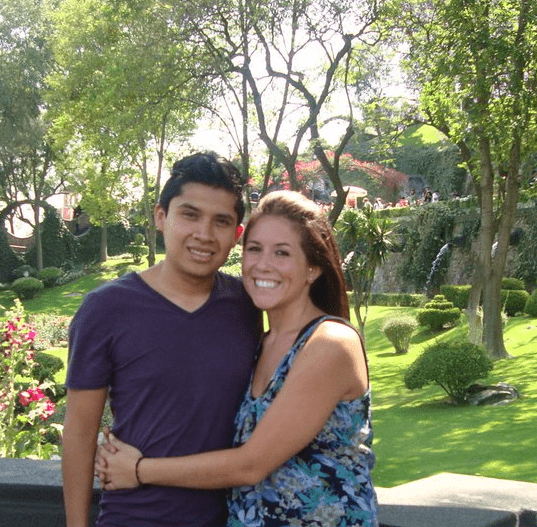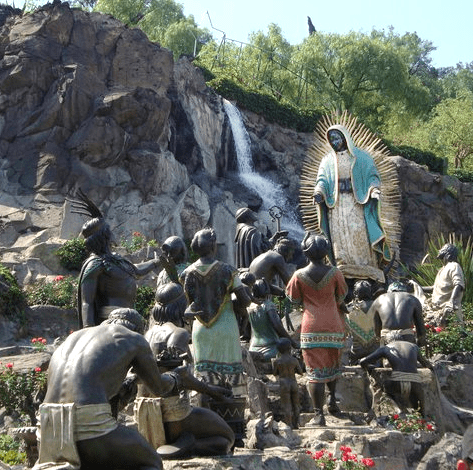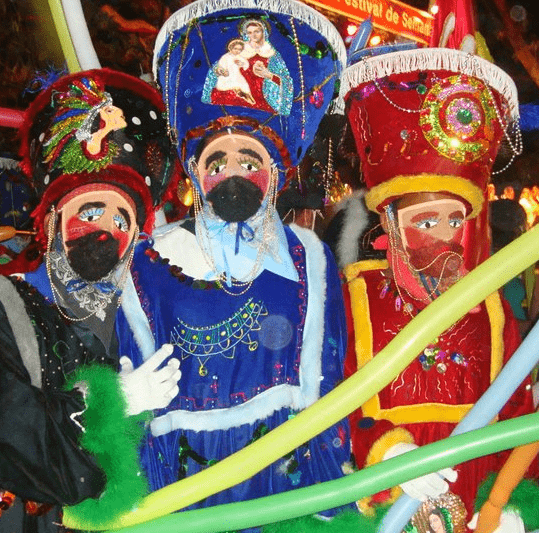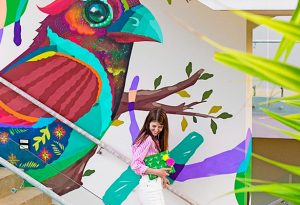Jessica Seba is a marketing assistant at Journey Mexico
 Typically during the Semana Santa, or Easter week, Mexican families flock to the beach from cities like Guadalajara, Querétaro, Aguascalientes, and Mexico City. Semana Santa is undoubtedly the busiest time for beach towns along Mexico’s coast and for someone living in Puerto Vallarta (like me), the best time to escape! So I took the long weekend to travel to Mexico City, a city I have visited many times before, but never quite fully discovered.
Typically during the Semana Santa, or Easter week, Mexican families flock to the beach from cities like Guadalajara, Querétaro, Aguascalientes, and Mexico City. Semana Santa is undoubtedly the busiest time for beach towns along Mexico’s coast and for someone living in Puerto Vallarta (like me), the best time to escape! So I took the long weekend to travel to Mexico City, a city I have visited many times before, but never quite fully discovered.
When traveling to Mexico City, I always stay near the Santa Fe area, which is usually a major, bustling business district, but this weekend it was suddenly transformed! I was ecstatic to be visiting at a time when the city was less crowded and the traffic significantly lighter, resulting in a more relaxing environment and even (some say) crisper air.
As mentioned in our Easter in Mexico blog post, Mexicans celebrate during Holy Week with elaborate processions, ceremonies, and rituals. So the plan was to go the the Basilicia of Our Lady of Guadalupe, one of the most visited churches in the world, and see the Via Crucis procession in the Plaza Mariana. The Plaza encompasses the Basilica, surrounded with a smaller church, an ex-convent, a temple, and a museum nearby surrounding gardens. After the procession, I made my way though the beautiful gardens, where the Tepeyacac Chapel sits upon a hill, said to be where an apparition of the Virgin appeared. I was in awe with the beautifully landscaped grounds, the ivory filled arches that branched over the pathway, and the statues representing the apparition sitting against a backdrop of cascading waterfalls. It was really interesting to learn the history behind the apparition and the building of the Basilica and a privilege to be there during one of the most sacred times of the year.

After doing some research for our original Semana Santa blog post, I was excited to investigate another tradition practiced during Holy Week called “The Burning of Judas,” which was established during the Mexican protest of the Spanish Inquisition. During the tradition, townspeople make paper mache dolls representing unfavorable biblical and public figures then hang them in public areas to be blown up with fireworks. Having never heard of anything quite like this, I was on a mission to see this spectacle and found the opportunity in Cuernavaca, a nearby city that annually hosts a two-week Semana Santa fair. Since most people in Mexico City were gone for the weekend, it was a quick one-hour drive from the city.
Cuernavaca is known as a charming colonial city with ideal year round temperatures. It is home to a UNESCO World Hertiage site, holding some of the Earliest 16th-Century Monasteries. I only had a 24 hour period to spend in Cuernavaca, but I had an excellent guide and in a just a few short hours, I was able to view historic buildings, museums, and a take a guided tour in the Amancalo Ravines. At dusk, we made out way to Jardin Borda, a giant garden with courtyards and fountains, filled with handicraft vendors for the Semana Santa fair. The night started with musical shows from a stage perched behind a huge fountain while crowds of people gathered around in anticipation of the The Burning of Judases.
When night fell, the Chinelos appeared, which are colorfully dressed dancers with masked faces. Traditional to Carnival and Lenten celebrations, The Chinelos tradition originated from people dressing up, shouting, and jumping in the streets of the town, making fun of the Spaniards. Their excitement energized the crowd to cheers as the show began.

This particular Burning of the Judases had three unfortunate figures: Judas, someone I didn’t recognize (probably a political figure), and a giant, ten foot tall Devil. One by one, each figure was blown up with fireworks, and the crowd celebrated wilding by singing and dancing alongside the band. Unfortunately, it was dark by the time of the explosions so I couldn’t get any clear images of “carnage,” but experience was beyond words – everyone so filled with excitement to celebrate a tradition that dates back to the beginning of modern Mexico.
Having the opportunity to learn about Easter traditions and actually experiencing them for myself was definitely a great alternative to the beach. There is so much to discover in Mexico and I wholeheartedly encourage anyone who has the opportunity to seize it. If you are interested in visiting Mexico City and the outlying Central Mexico cities, I suggest touring with a private driver/guide who can give insight to these traditions so you can make the most of your trip.





